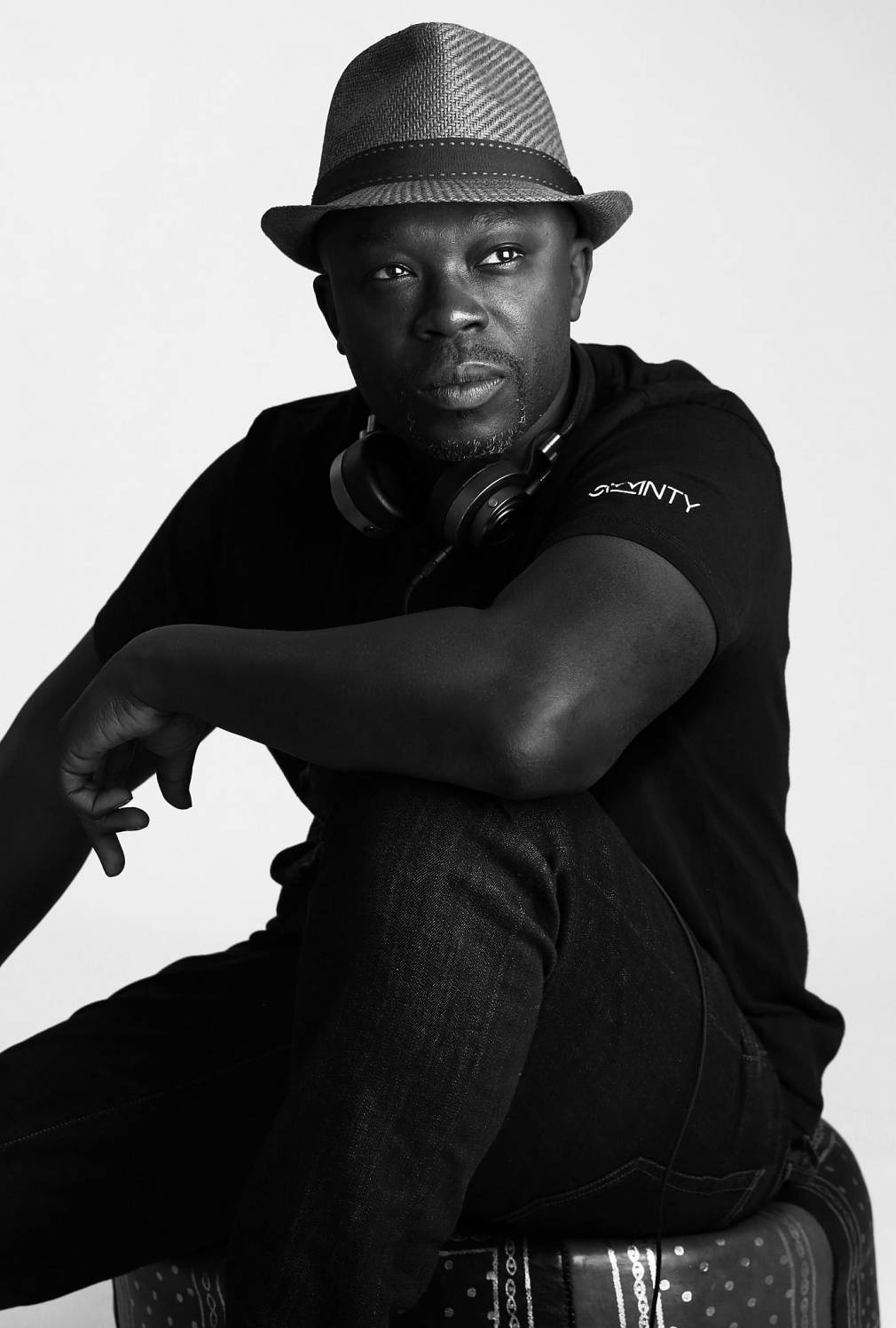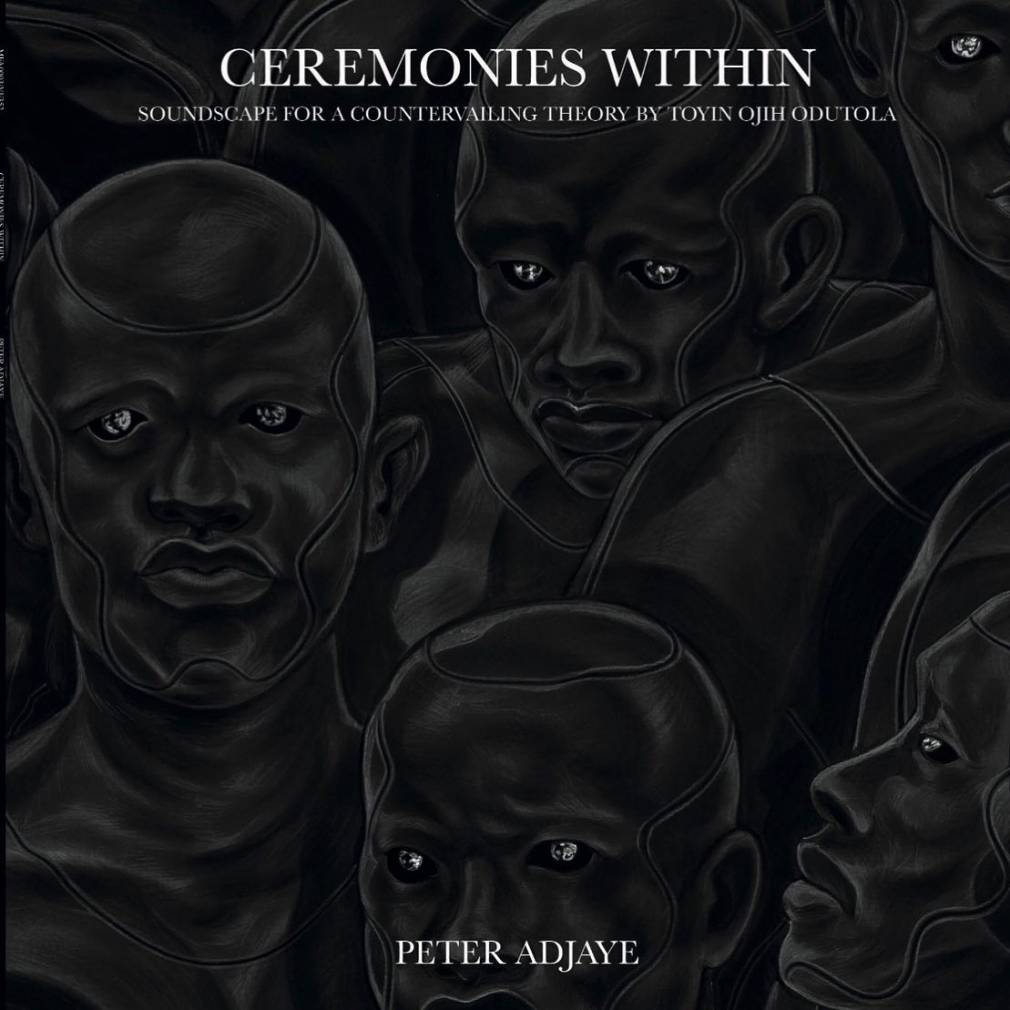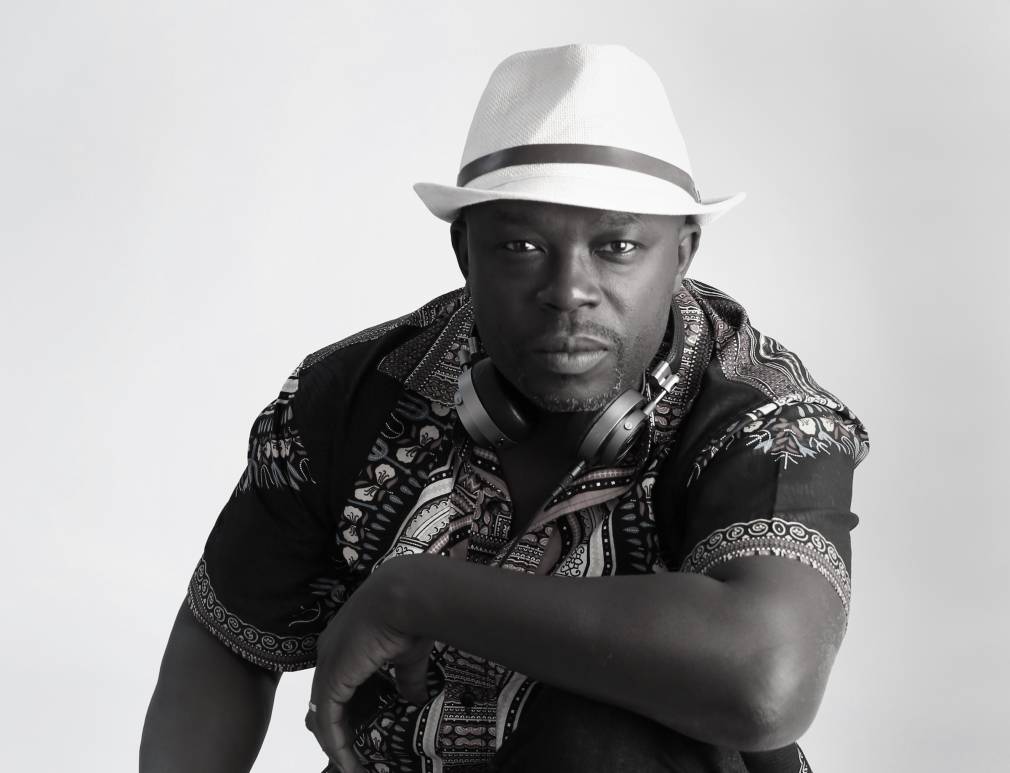Devotees of meditation and other disciplines designed to promote being in the moment, good evening! To those who see listening to music as a far more effective escape route than illegal substances – you are also welcome. Here, we’re going to talk about a record (a three-part LP to be exact), Ceremonies Within, by a composer and musician whose approach can sometimes be unnerving: Peter Adjaye, a British man of Ghanaian origin whose pseudonym is Music For Architecture. A passion for these disciplines runs in the family. Peter Adjaye, who is also a DJ under the name of AJ Kwame, is the younger brother of internationally renowned architect Sir David Adjaye, who designed the Smithsonian Institute’s National Museum of African-American History and Culture in Washington DC. In fact, the brothers have collaborated on several occasions.
Sounds that describe an alternative universe
On 19th October 2020, The Countervailing Theory, an exhibition by the American-Nigerian artist Toyin Ojih Odutola opened at the Barbican Cultural Centre in London and is scheduled to run until January 2021. Peter Adjaye was chosen to compose the soundtracks that would accompany how the artist tells stories through her immense drawings (over two metres high). In sum, Adjaye’s works evoke compositions of spiritual jazz, traditional African music, Japanese ambient sounds and minimalist music.
“These drawings, completely in black, are incredible portraits of powerful women as the heads of state of another world. These women have created “robot-men” and made them their slaves. In this world, heterosexuality does not exist. Only same-sex relationships are allowed. Moreover, women and men have masculine traits. Toyin’s creations interrogate power in relation to gender and sexuality, and also explore black masculinity“, explains Peter Adjaye.
The bare faces of these humanoides adorn the cover of the cover of his album Ceremonies Within (specifically the work “Summons, To Witness One’s Own” 2019, 2020).
A labyrinth in three movements
Peter Adjaye presents us with three movements, each in four parts, following Toyin Ojih Odutola’s artistic narrative. In the first movement, the atmosphere is steeped in spirituality, expressing the genesis of this world and the birth of a new humanity; the second movement focuses on the pulse and the heartbeat of this landscape; the final movement takes us into a dramatic nebula, full of tension. Peter Adjaye has thus constructed a kind of sound maze, a cityscape characterised by its chiaroscuro that extends both vertically and horizontally – a 360º music that hugs you from every angle.
Put more concretely, the composer’s music is the result of sounds produced by getting a variety of different materials to kiss, smash, rub and caress one other. In fact, Adjaye defines himself as a “contemporary, conceptual sound artist’, or, to put it another way, a ‘maker of conceptual and contemporary sounds“. “Architecture is a discipline that, in my opinion, gets nowhere near enough attention as an art form in its own right. So my “music for architecture” is a path, a unique place for everything that I have been exploring for the past twenty five years. It is in this regard that my compositions are conceptual. I don’t hold myself to any standard. I seek to create architectural spaces with sound.”

Nature, the OG architect
We are speaking together about The Pavilion Of Dreams. This Harold Budd record that features Marion Brown on alto saxophone (a name that resonates like a mantra for Adjaye who is crazy about free jazz). It was produced by Brian Eno and released on the aptly-named label Obscure Records in 1978 and is classed as ambient music. A series of compositions that advance step by step, guiding us into dreams. There is a connection between Adjeye’s work and the effects of this record – it is as if Harold Budd was also seeking to construct labyrinths that delicately take shape on the surface of the water. As with Adjaye’s work, everything is visual.
In Budd’s work, voices combine with a variety of percussion instruments (metal or wood), strings, a celesta, and a wind instrument. Peter Adjaye uses natural elements such as rock, clay, wood and water. “The greatest expression of architecture is to be found in nature herself. Nature is the original architect.” He also uses sounds recorded near great lakes, the noise of the wind, and recordings made in wide open spaces.
Hearing and listening
“I use a great deal of layers to create sound in my work. It’s like sketching out the foundations of a building or of a landscape in three dimensions. The sound itself has neither left nor right. I’m drawn to the sounds of that which we cannot see and what is emerging from the background. I bring it to the foreground. We tend to think of the music of nature as background music. I love to play with dimensions using different colours and tones. I erase and reposition so that each layer compliments the other.” Peter Adjaye plays with that which we hear, and with that to which we listen.
In addition to the natural elements, there are synths, stringed instruments, and traditional African instruments that make up this musical triptych. “In my passion for music I learn everything there is to know about every instrument – where they come from, how they work, how they are played, why they make this or that sound…The kora, for example, is a precursor to the harp and the piano. And isn’t the banjo, played in the West African style, just a variant of the n’goni? It’s fascinating.” Musical instruments originating from Nigeria have a history that’s over a thousand years old. Instruments such as the ogene (“a kind of double bell“), the pluriarc (a type of lute), a rattle made from a gourd, Ekwe percussion instruments, and clay drums. “These are the instruments of the Jos plateau in the heart of Nigeria and at the heart of the Igbo people.”
Relistening to Peter Adjaye’s music is to hear it afresh each time. The unexpected is always present. “I love the idea of being able to interpret the spirituality and freedom that gives our existence a purpose.” Within these ceremonies, at times quasi-liturgical in nature, we can hear a call for freedom of thought and freedom of expression. In short, for freedom.
Soundscape For A Countervailing Theory by Toyin Ojih Odutola.
Ceremonies Within by Peter Adjaye via Vinyl Factory/Music For Architecture.

